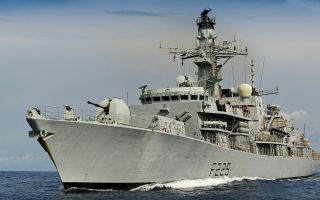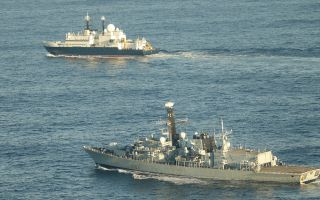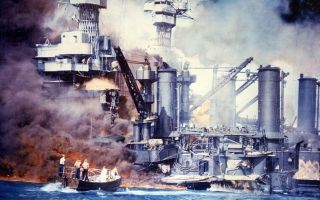
Medical Evacuation: How Frontline Treatment Has Evolved

Anyone who has ever spent time on a hospital ward, been looked after by paramedics after an accident or had a dentist pull out a tooth, may well have been treated by NHS staff who are also part of a military reserve unit specialising in medical evacuation.
The 335 Medical Evacuation Regiment gives the British Army expert medical care wherever it operates in the world with positions like consultant, surgeon, GP, dentist, nurse, paramedic, physiotherapist, to name just a few.
But how do medical professionals prepare for treating patients in a warzone and how does what 335 Medical Evacuation Regiment do now differ from what medics were doing a century ago?
335 Medical Evacuation Regiment Today
As their name suggests, the regiment specialises in medical evacuation and does this by combining vital medical skills with ‘green skills’ like patrolling, providing care under fire, evacuating casualties and developing skills such as grenade throwing.
This combination helps them treat patients wherever they are, be it during battle on the frontline, in a Chinook while in the air or on exercise, a world away from sterile working environments like an NHS hospital.
The image below shows a simulated casualty and not an injured soldier.
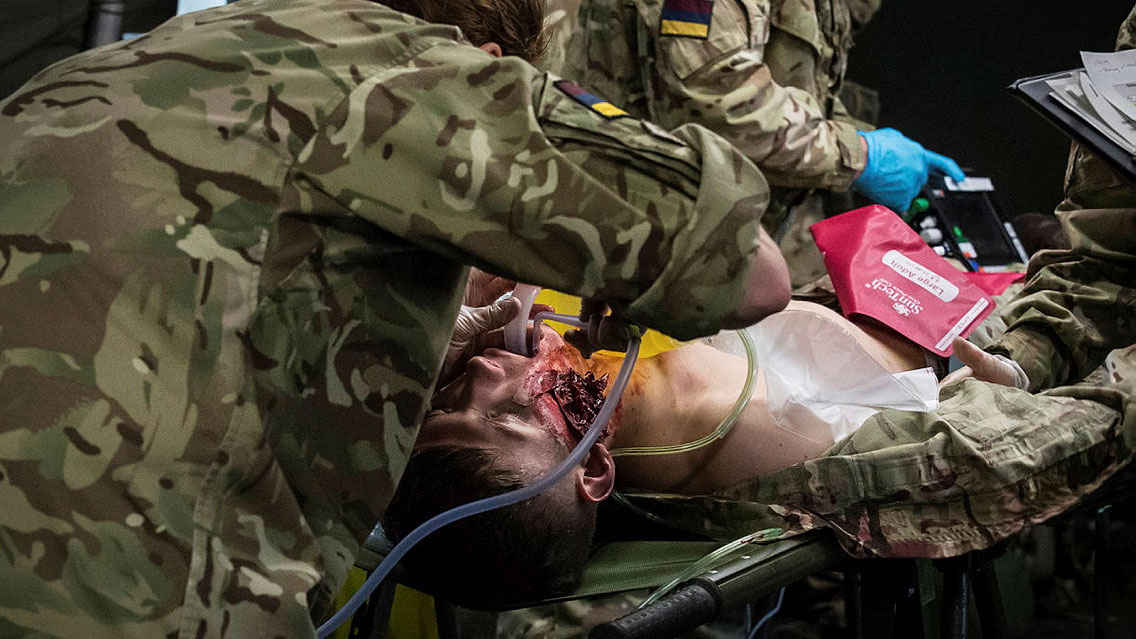
Nationally recruited from specialists across the National Health Service, the regiment is made of reserves and is unusual in that they are formally paired with all three regular armoured medical regiments who support the Armoured Infantry Brigades of 3rd (United Kingdom) Division.
These men and women perform a crucial role in maintaining the health and safety of service personnel wherever they are in the world – from retrieving casualties from the point of injury and evacuating back to base to ensuring the soldiers are healthy overall.
The reserves are regularly trained in operational patient care pathway – the steps to be taken from point of injury to final evacuation.
Despite a wealth of knowledge and experience with all kinds of medical emergencies and diagnoses, newly appointed reserves discover that treating patients on a battlefield is a big change from the well-equipped hospitals they normally work in.
What Is The Operational Patient Care Pathway (OPCP)?
The OPCP is defined by the Ministry Of Defence as a single framework for medical capabilities and clinical activities within Defence Medical Operational Capability.
It is underpinned by definitions for the Defence Population At Risk (PAR), the ‘all-hazards environment’ and the 10 Instruments of Military Health Care.
What Was Medical Evacuation Like A Century Ago?
335 Medical Evacuation Regiment has been active since April 1, 2005, but can trace its history back to the ambulance trains used for medical evacuation during the Boer War of 1899 to 1902.
During the First World War, ambulance trains were the fastest way to transport casualties from the front line to field hospitals and eventually home.
They were trains that had been converted to become hospitals on wheels. They were used in a similar way to the Chinook helicopters used during Operation Herrick in Afghanistan.
Medical Emergency Response Teams, as seen below, would use Chinook helicopters to evacuate injured personnel back to Camp Bastion for surgery.
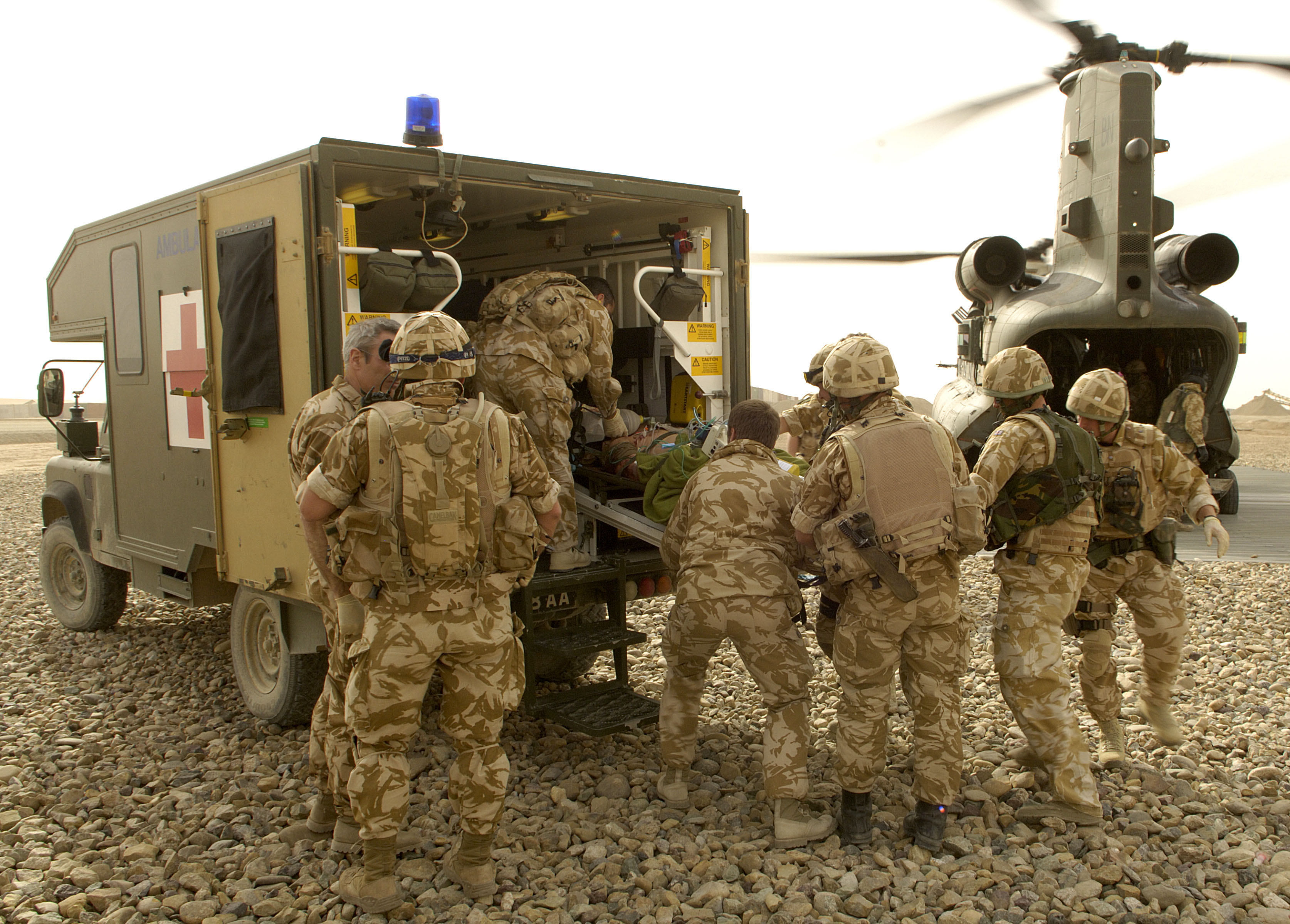
They contained working wards for around 500 injured soldiers, a pharmacy and even operating rooms.
The first day of the Battle Of The Somme, well known for being one of the most brutal battles in history, was the busiest day of ambulance train traffic during the First World War. The British Army suffered 57,470 casualties on that day alone.
By 1918, Britiain had built 51 ambulance trains.
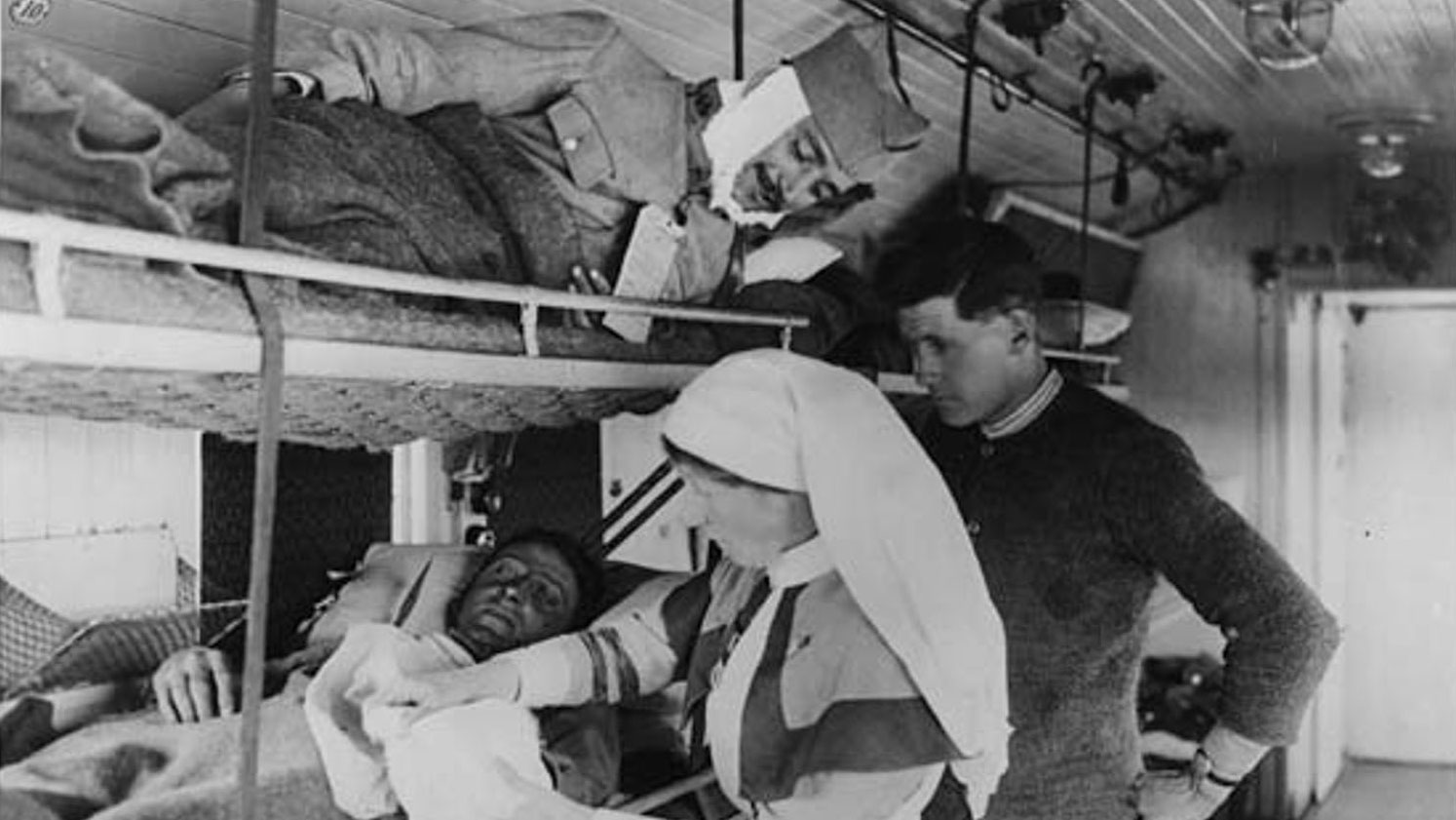
How Quickly And Effectively Were Wounds Treated?
The National Archives is the official archive of the UK government, described as “the guardian of some of our most iconic national documents, dating back over 1,000 years”.
It contains documents and photographs that help bring to life the way in which injured personnel were treated and evacuated from the frontline.
One such document catalogues some of the medical treatments a patient received while being transported by ambulance train from the frontline to a hospital at home.
Lance Corporal Harry Allen, 41, of the 6th Leicesters, was wounded in the left knee by shrapnel at 2:30 pm on September 26, 1916. In total, his treatment and return home took a week.
LCpl Allen’s wound was initially assessed in the trenches before he walked a quarter of a mile behind the line to a Battalion Field Station. They dressed his wound and sent him by vehicle to 65th Field Dressing Station where his wound was dressed again and he was inoculated.
After four and a half hours, LCpl Allen was sent by ambulance train to Rouen. There, the soldiers' wound was repeatedly cleaned and redressed while on the train. Eventually, he arrived at Number 3 Stationary Hospital Rouen, a British base hospital in France, for an operation.
He was then sent by ambulance train to Le Havre and put on a boat which arrived in Southampton on October 3, 1916. One more ambulance train saw him arrive at Taplow Station from where he was transported to Taplow Hospital.
Frostbite In The Trenches
Medics had to deal with a wide range of injuries – some inflicted by the enemy and some by lack of sanitation and the cold weather.
Many thousands of soldiers had to have their toes amputated because of frostbite to the feet.
Private Christian Sisson of 1st Grenadier Guards, 19, had been in the British Army for 18 months when his feet froze after being in the freezing wet trenches in November 1914 for ten days.
After walking a quarter of a mile to headquarters, he took off his socks to discover that his feet were swollen and his entire right foot was black. Only the toes on his left foot were black so it was treated with hot fomentation every 15 minutes on the ambulance train. Six months later, Pte Sisson’s left foot was healed but his right foot was amputated on May 28, 1915.
Latrine Boxes
Sanitation was hugely important in the trenches during the First World War so medics would transform biscuit tins into makeshift toilets for patients and personnel so that urine and faeces could be separated. Later, the faeces would be burned with sawdust.
24th Field Ambulance wrote instructions in July 1915, to explain how to create a toilet, or latrine box, in this way:
“Biscuit box opened, inverted, middle 2/4 of bottom cut out becomes a seat over the two biscuit tins, the middle 2/4 being the cover which is replaced after use.”


